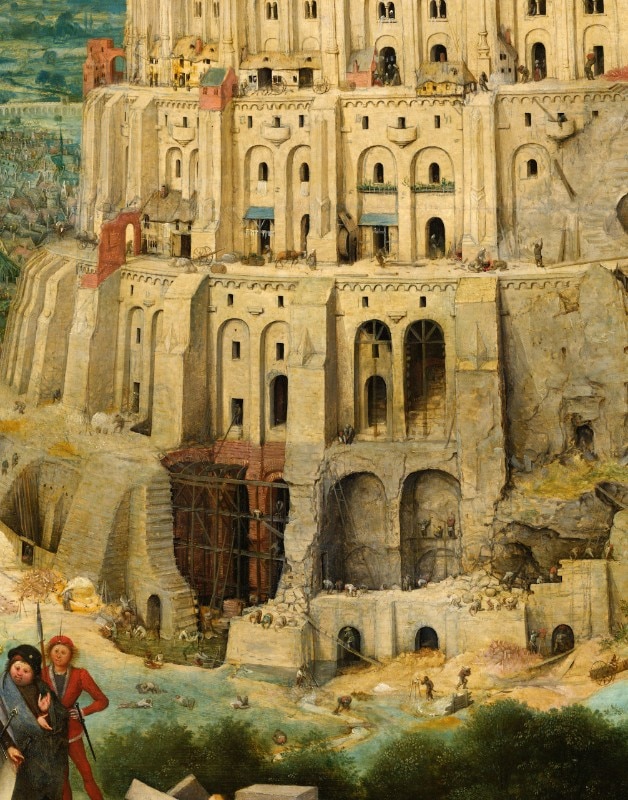Exactly one year ago, the world was struck by a new, unknown, violent, and completely mysterious virus, which plunged the entire planet into total confusion.
Disorientation, bewilderment, a scientific and economic dismay that brought on a moral and spiritual crisis.
A Babel of negotiations, decisions, restrictions and closures. Heads of state who preferred to lock their citizens inside their homes, others who considered what to keep open and what to close in order to safeguard their nation’s economy, and others who instead hoped for a quick herd immunity.
That is why it was called Babel
The Genesis narrates of when “the Lord confused the language of the whole world”, coming to us with a new pandemic Babylon.
View Article details
- Valentina Petrucci
- 28 January 2021

“[Nimrod] gradually transformed the government into a tyranny, seeing no other way to turn men from their God, other than to focus their minds and hearts on building his tower. He would be revenged on God if he should ever have a mind to drown the world again; for that he would build it so high the waters could not reach it, and he would avenge himself on God for destroying their fore-fathers. Now the multitude were very ready to follow the determination of [Nimrod], and to esteem it a piece of cowardice to submit to God: and they built a Tower...and it grew very high, sooner than anyone could expect”. And it’s from the words of Josephus Flavius, a Hebrew writer of the first century AD, that Pieter Bruegel the Elder, a famous Flemish painter of the sixteenth century, drew inspiration for one of his greatest masterpieces: The Tower of Babel.
According to the bible story, Nimrod, king of Babel, known to most as Babylon, decided to build a tower so high that it would reach into the sky. God, angry at Nimrod’s pride, struck him down and caused the impudent construction of the tower to fail. Citizens and workers began to speak different languages so that they could no longer organize themselves to carry out the great construction work, leading to confusion and great bewilderment.
The clever perspective structure of the work allows us to start our exploration from the outside: in the foreground, on the lower left, we find King Nimrod, who is visiting the huge building site, while behind him is the great protagonist – the tower still under construction. The architectural structure is deliberately reminiscent of the Colosseum, which Bruegel saw on his trip to Italy in 1552, with the addition of elements of a decidedly more medieval and northern European tradition. If we observe the details, we can admire the fervent activity of the builders. The swarming is palpable at every architectural level and everything that is connected to them, such as the port or the various scaffolding, while the village in the background appears to be asleep, as if the Tower absorbed all the vital energy of the place, dominated by green and mild nature, little disturbed by human action. An intense, perfect circular structure that reaches into the clouds where peace is reigning, in stark contrast to the climate we find at its base.
In this sense, the work testifies to of a precise historical moment, of a context that, whether real or invented, is imbued with cultural, geographical, political and social references that freeze for eternity the cross-section of an era.
Detail
Detail